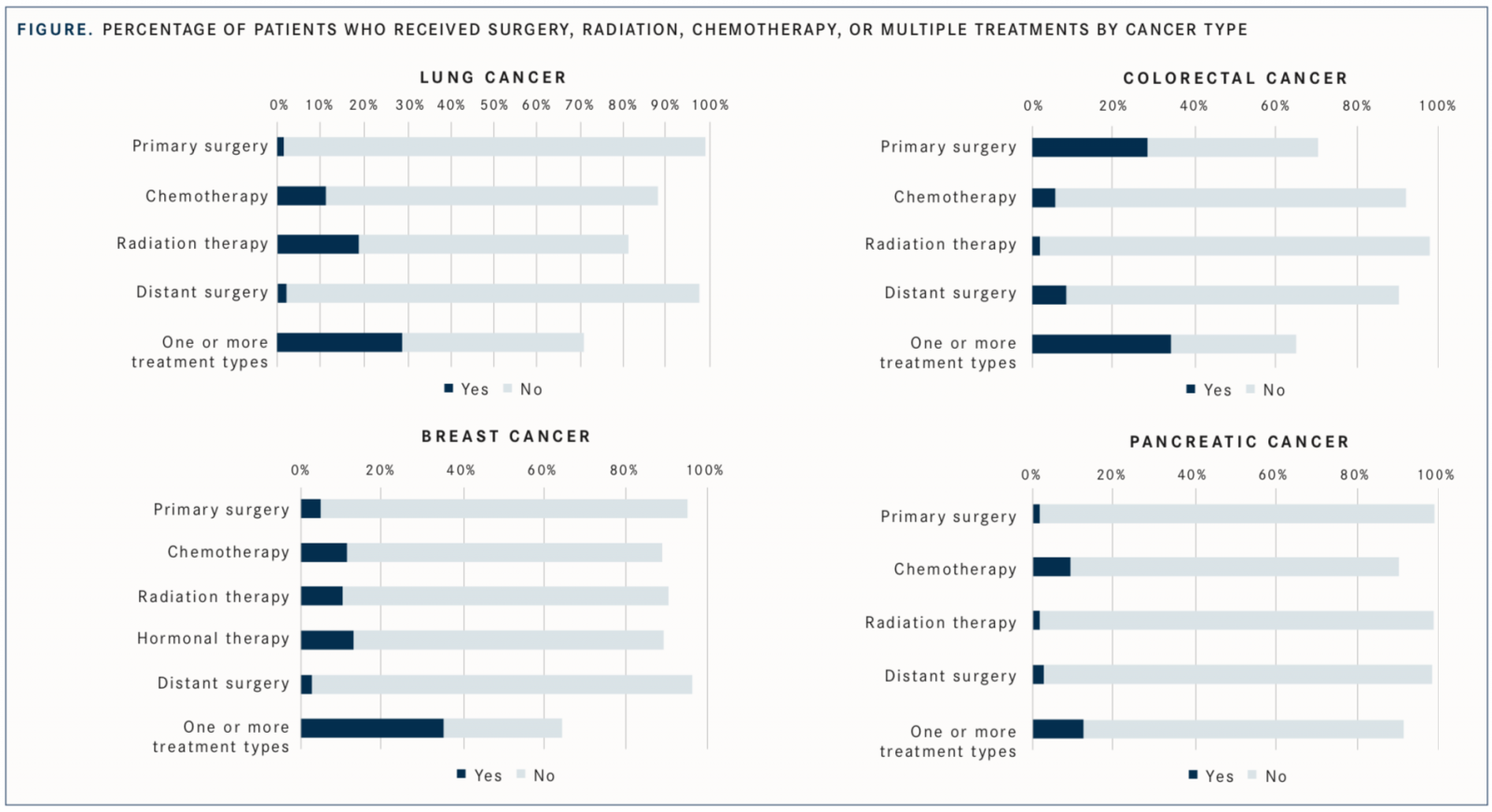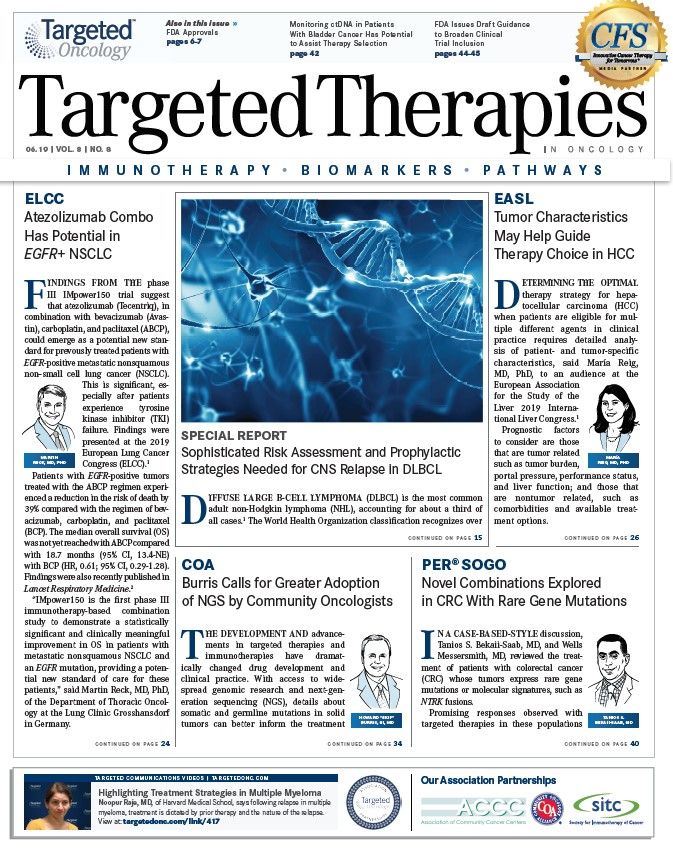Treatment Patterns at End of Life Explored in Large, National Database
The American Cancer Society, Dana-Farber Cancer Institute, Baptist Cancer Center, and the Mayo Clinic report that treatment patterns varied markedly by cancer type and care facility setting for patients with de novo metastatic disease who died within 1 month after diagnosis, based on an analysis of data from 100,848 patients collected from the National Cancer Database, a hospital-based cancer registry that captures 70% of patients in the United States with a new diagnosis.
Helmneh Sineshaw, MD, MPH

Helmneh Sineshaw, MD, MPH
The American Cancer Society, Dana-Farber Cancer Institute, Baptist Cancer Center, and the Mayo Clinic report that treatment patterns varied markedly by cancer type and care facility setting for patients with de novo metastatic disease who died within 1 month after diagnosis, based on an analysis of data from 100,848 patients collected from the National Cancer Database (NCDB), a hospital- based cancer registry that captures 70% of patients in the United States with a new diagnosis. The investigators determined whether surgery, chemotherapy, radiation, or hormonal therapy had been received by patients with metastatic colorectal, lung, breast, and pancreatic cancers.1
The objective of the study was to provide ‘real-world’ information on patterns of care in patients who quickly succumbed to their disease, said lead author Helmneh Sineshaw, MD, MPH, principal scientist at the American Cancer Society, in Atlanta, Georgia, during an interview withTargeted Therapies in Oncology. “This subpopulation is rarely studied, especially in clinical trials, and we wanted to examine factors that contribute to treatment decisions.” Sineshaw hopes that their findings will help facilitate discussions about palliative care options and hospice care among physicians, patients, and families.
The most common diagnosis among all patients was lung cancer (66.5%), followed by pancreatic (18%), colorectal (12%), and breast cancer (3.6%). Forty-four percent of patients were 75 years or older, and the majority (60%) received treatment at a high-volume treatment facility.
Surgery on the primary tumor was performed most often on patients with colorectal cancer (28.3%) and least often on patients with pancreatic cancer (0.4%). Chemotherapy was the most common modality used in the first-line setting for patients with de novo metastatic lung or breast cancer (11.3%). In a supplemental analysis of lung cancer cases by histologic type, chemotherapy was relatively common (27%) among patients with small cell lung cancer. The use of radiation therapy ranged from 1.3% among patients with pancreatic cancer to 18.7% among patients with lung cancer (FIGURE).1
Although some of the treatments considered in this study could be given for palliative care in certain settings, noted Sineshaw, he and his colleagues were interested only in treatments applied with the intention to prolong life. “We had a statistical variable for palliative care in our data, and when we excluded that variable, our results did not change.”
Treatment planning for late-stage patients is complex. Given that complexity, Sineshaw recommends that “future research should explore ways to better identify patients who may not benefit from life-prolonging treatment, because it could be a factor contributing to decision making. Identifying these patients could help physicians better prognosticate how long a patient [in this stage] can live.”
For those patients who will not benefit from aggressive and expensive treatment at this stage of disease, discussions about end-of-life care are appropriate, the investigators said.

Reference:
Sineshaw HM, Jemal A, Ng K, et al. Treatment patterns among de-novo metastatic cancer patients who died within one month of diagnosis [published online April 15, 2019].JNCI Cancer Spectrum. doi: 10.1093/jncics/pkz021.
